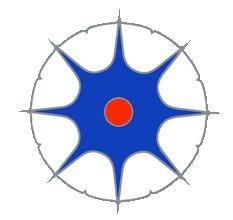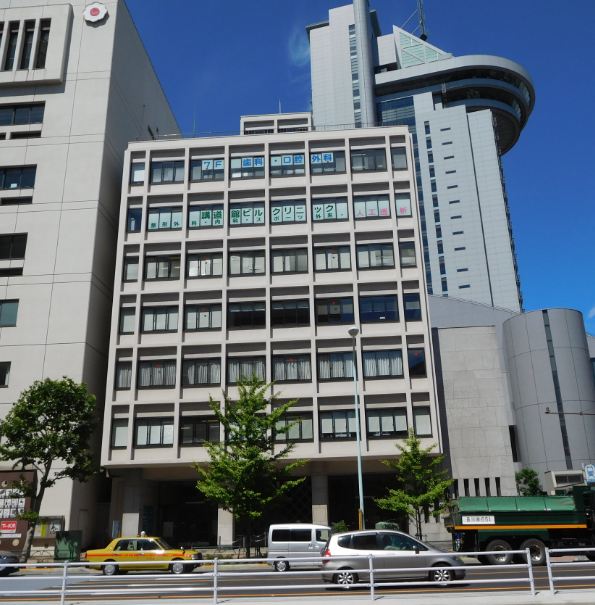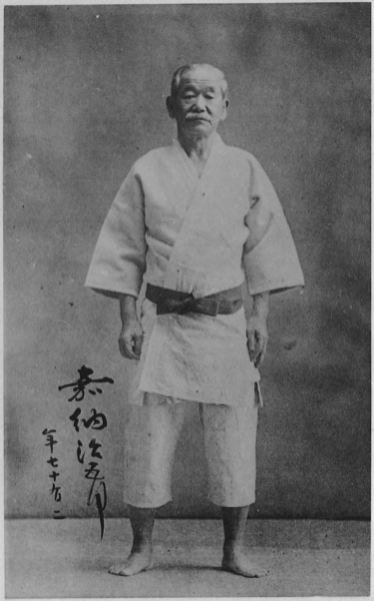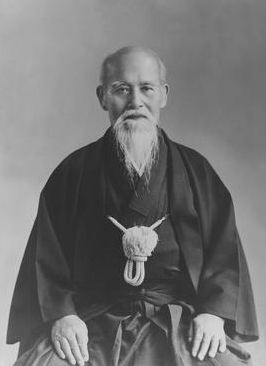An academician as well as an athlete, a calligraphy maestro as well as a martial artist, history remembers Kenji Tomiki as the one who combined the disciplines of Judo and Aikido but there is much more to his credit. In this article, we will trace Professor Tomiki’s journey of becoming a martial artist who revolutionized the principles of Japanese martial arts forever.
Early Life and Education
Tomiki was born on March 15, 1900, to a family of landowners living in Semboku, Akita Prefecture. He received his initial education in the same town. Tomiki first set foot into the world of martial arts when he began practicing Judo in 1909 at the tender age of nine. He excelled in both academics and judo in his school. His talents in both areas became evident by the time of his graduation when he obtained the first dan level of Judo in 1919.
After graduation from high school, Tomiki set forth to Tokyo, where he began preparing for his university entrance examinations. However, misfortune hit him, and he fell sick, due to which he had to put a pause on his academic pursuits for four long years. After regaining his health, he finally succeeded in enrolling in the Faculty of Political Science and Economics at Waseda University in 1923. There he joined the much lionized Waseda Judo Club and became the nonpareil of the club by his senior year when he advanced to fourth dan level.
During this period, he began visiting the Kodokan, where he practiced first-hand under the legendary teacher and Judo founder, Jigoro Kano. The theories and methods of the great teacher left a lasting impact on young Tomiki, who began viewing judo as an instrument for self-improvement and health education.
Later on in his life, Tomiki would put this same philosophy of education into practice to change the principles of aikido. It is remarkable how despite his devotion to judo, he maintained his academic standing throughout his university years, so much so that he was named ‘the scholar from the sports division.’
Under Ueshiba Sensei’s Direction
It was in early 1926 that Tomiki first encountered Morihei Ueshiba, the founder of aikido. Fascinated by the latter’s command of jujutsu techniques, he introduced himself to the great martial artist and became one of his early students. In 1927, Tomiki graduated from Waseda with a degree in political science while simultaneously getting promoted to Judo 5th Dan. After his graduation, he entered graduate school to major in economics.
During the summer of his graduate school, Tomiki vigorously practiced Daitō-ryū Aiki-jūjutsu under Ueshiba Sensei at the Omoto headquarters in Ayabe. The month Tomiki spent under Ueshiba’s guidance proved life-changing for him as he was introduced to several jujutsu techniques, which complemented and honed his judo skills.
After the completion of his formal education, Tomiki received a job offer at Miyagi Prefecture Electricity Bureau in 1929. In the same year, he entered the highly esteemed Imperial Judo Tournament representing Miyagi Prefecture. He went on to reach the Top 12 before he was forced to withdraw due to an injury. Tomiki later became a teacher in Akita Prefectural Kakunodate Junior High School in his hometown. While serving in this capacity, he would continue to train under Ueshiba Sensei in Tokyo during summer and winter vacations.
Tomiki resigned from his job as a teacher in 1934 and spent the next few years in Tokyo as one of the senior instructors in the Kobukan Dojo of Ueshiba Sensei. While teaching there, he also helped prepare the manuscript of the 1933 manual of Ueshiba’s techniques entitled, ‘Budo Renshu.’
Moving to Manchuria
In 1936, he moved to Manchuria (Manchukuo), where he stayed till the second world war ended. There Tomiki taught Aikido to the Imperial Household Agency and the Kwantung Army. In 1938, he was appointed as the Assistant Professor of Calligraphy at the newly established Kenkoku University. However, he also volunteered himself as the University’s Judo instructor. Tomiki made great efforts to include Aiki training as a compulsory subject in the curriculum of every judo and kendo student. Upon his request, Morihei Ueshiba also made regular fall trips to the university and conducted classes there.
During his years in Manchuria, Professor Tomiki worked tirelessly on his theory of rikaku taisei – a term referred to techniques used for dealing with attacks by an opponent separated from the defender. This theory was a part of Tomiki’s view of a ‘complete judo’ – a style that unified the competitive excitement of Judo with the spiritual tranquility of traditional Aikido. In 1940, the seeds of Tomiki’s diligence as a student bore fruit as he became the first deshi in Aikido history to whom Ueshiba ever awarded a Menkyo – the equivalent of 8th-degree black belt.
Post-War Years at Waseda
After the surrender of Imperial Japan in 1945, Tomiki was interned in a prison camp in the Soviet Union for three years. Following his return to Japan in 1948, he left for Tokyo to renew his ties with the Kodokan. In 1949, he accepted the offer to be a part-time lecturer in the Physical Education Department of Waseda University, where he would continue teaching Judo and Aikido to students for many coming years. It was during this tenure at Waseda that Professor Tomiki formulated and fine-tuned the theoretical basis of his Aikido that included both kata-based training methods and free-style fighting.
As a result of Professor Tomiki’s endeavors, Waseda University approved the formation of an aikido club which included a system of competition. However, Professor Tomiki’s attempt to convert aikido into a competitive sport put him at odds with Morihei Ueshiba and much of the Aikikai world. Despite criticism from most of the Aikikai of that time, Professor Tomiki stood his ground and persisted in his strive to modernize the discipline of Aikido by introducing a viable form of competition.
Following Professor Kano’s philosophy, Tomiki put great emphasis on jujutsu as a means of moral pedagogy in martial arts. While he considered the traditional disciplines of Japanese martial arts brutal and feudalistic, he still wanted these technical traditions to survive. Therefore, he strived to make the classical ryuha suitable for the modern age by eliminating dangerous techniques while retaining their historical rationale. He employed the framework of modern physical education to achieve his goal. His eclectic system included both the practice of kata to ensure the preservation of traditional forms and competition to allow the understanding of the application of defensive and offensive techniques.
Towards the end of his life’s journey, Professor Tomiki divided his time between teaching, writing and, participating in different martial arts research organizations. His health took a toll in 1978 when he was diagnosed with colorectal cancer and forced to undergo surgery.
Despite being gravely ill post-surgery, he continued to stay active and tried contributing to the world of martial arts as much as he could. On December 24, 1979, Professor Kenji Tomiki drew his last breath and crossed the great divide, leaving countless students and disciples to tread on the footmarks he had left behind.
Final Words
The journey Professor Kenji Tamiki undertook to devise and introduce a modernized discipline of Aikido is fascinating, to say the least. He managed to stand out among the many distinguished disciples of Morihei Ueshiba and Jigoro Kano due to his intellectual stature and unparalleled skill in vocalizing the historical rationale of the art. His legacy continues in the Aikido discipline he created, known as the Shodokan Aikido, which is practiced by countless martial artists today.




